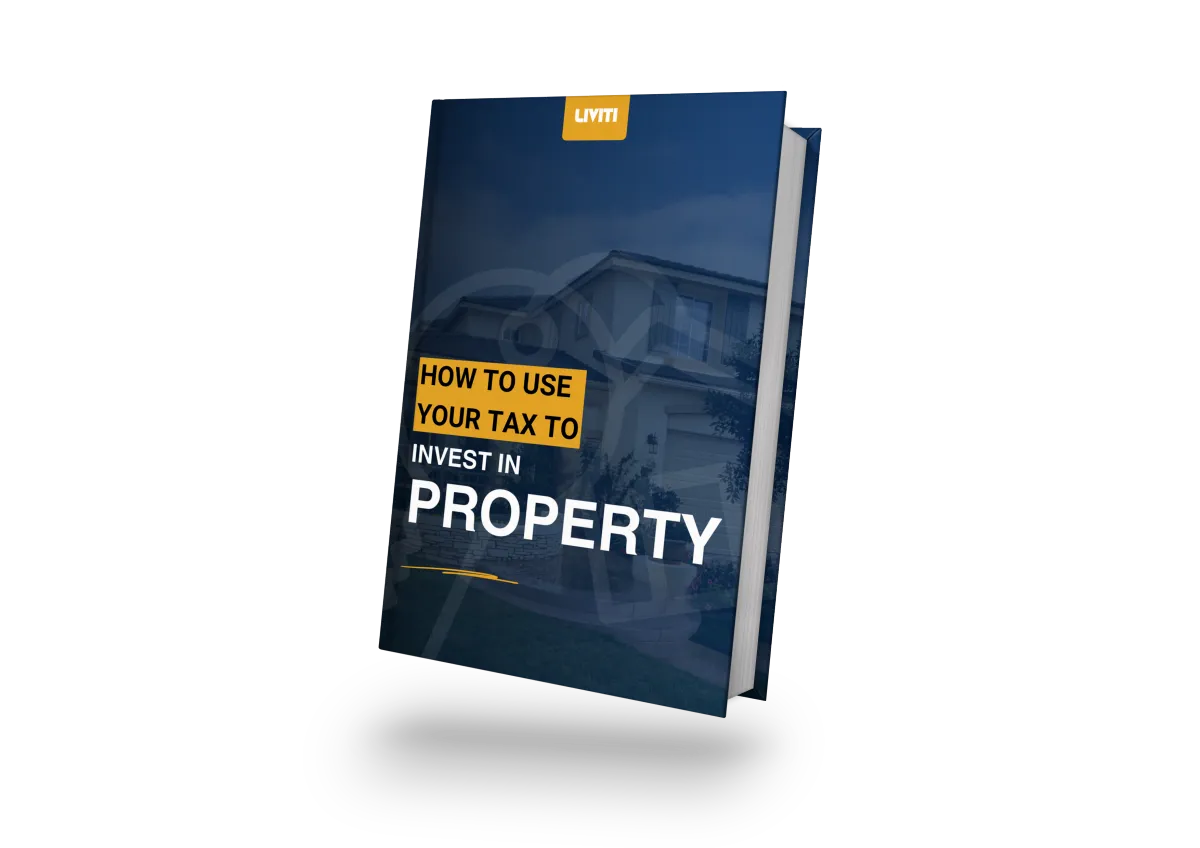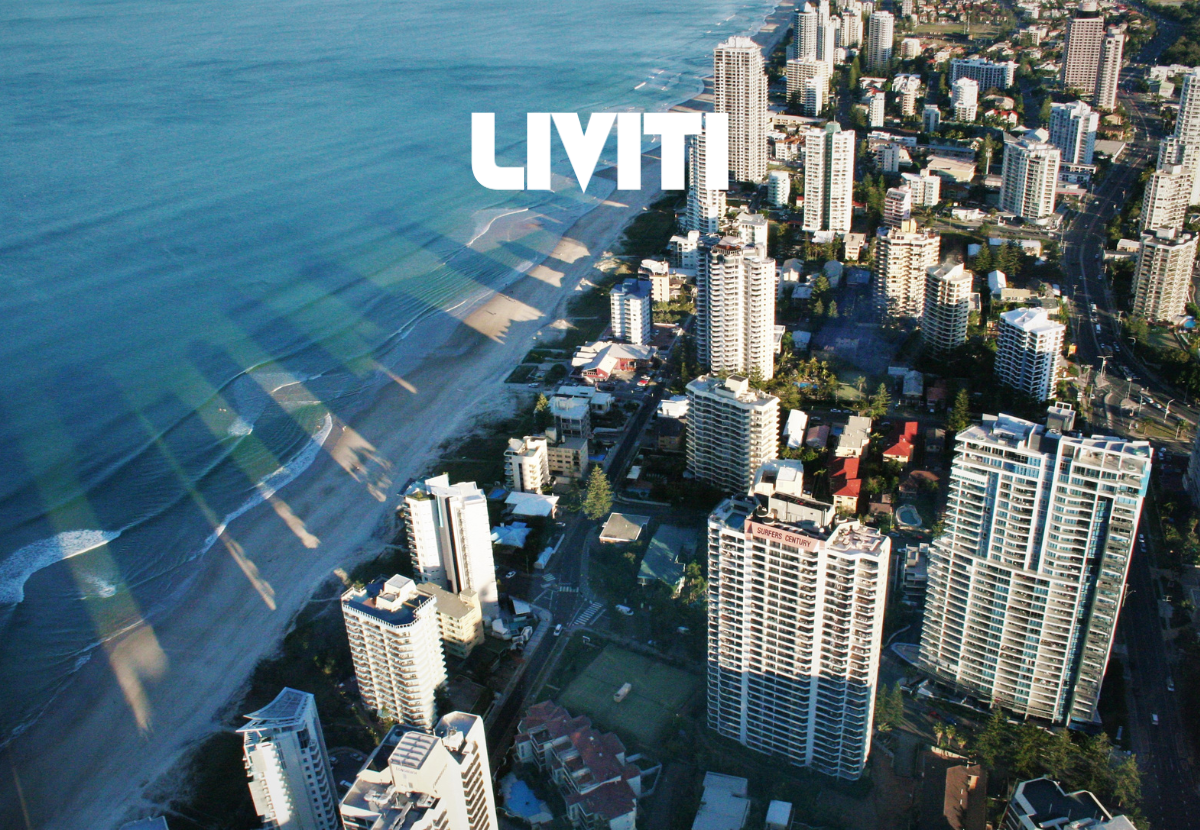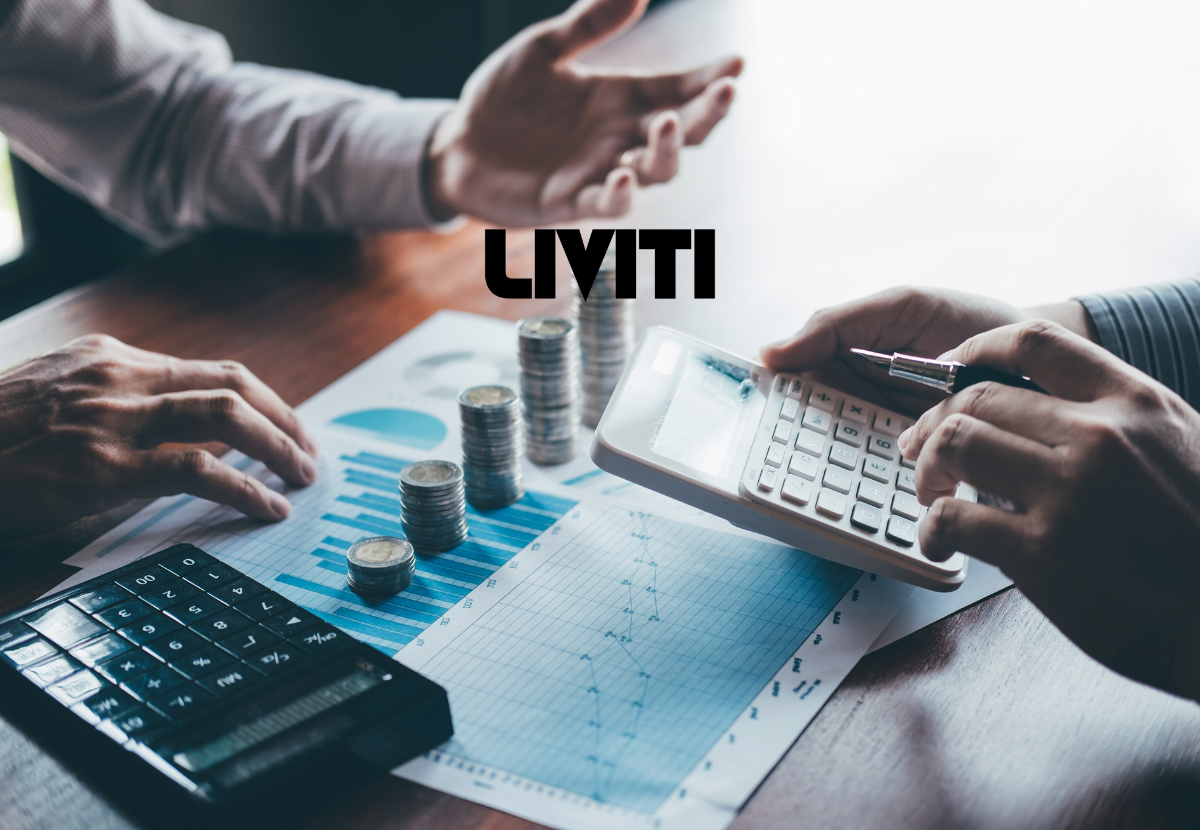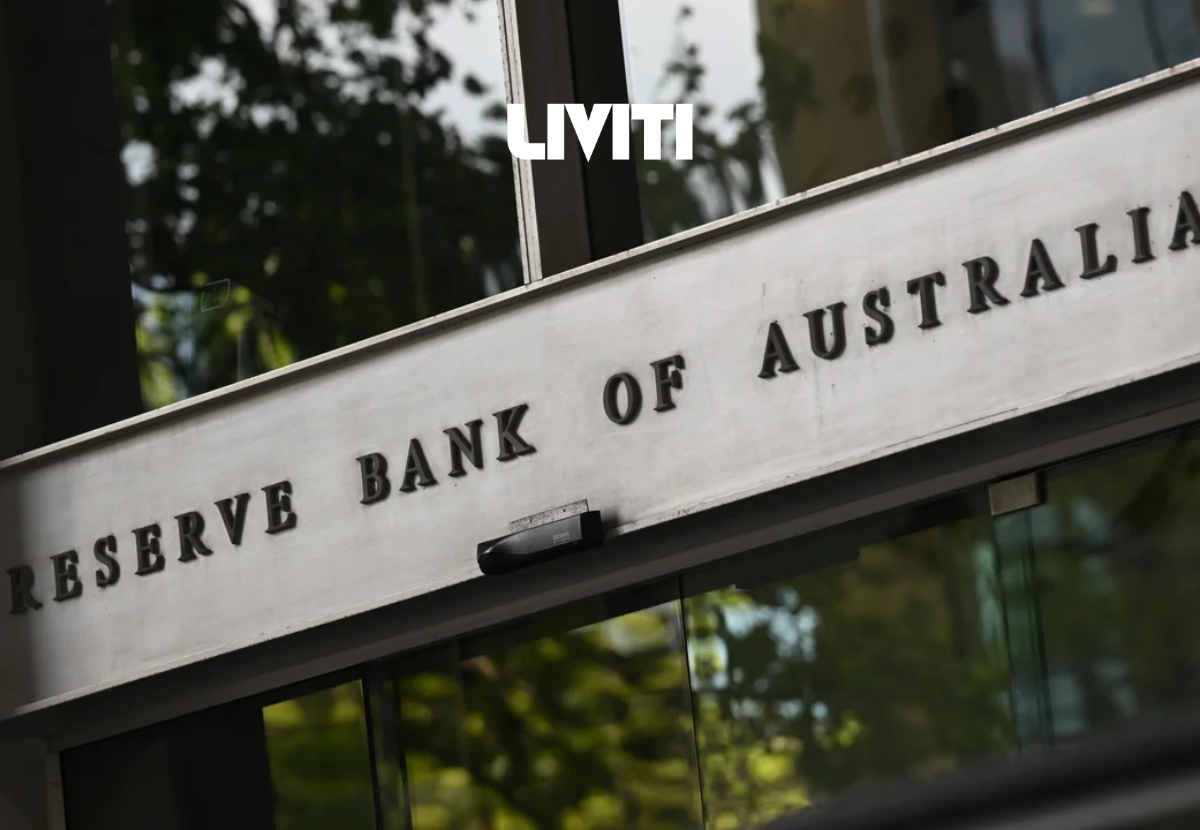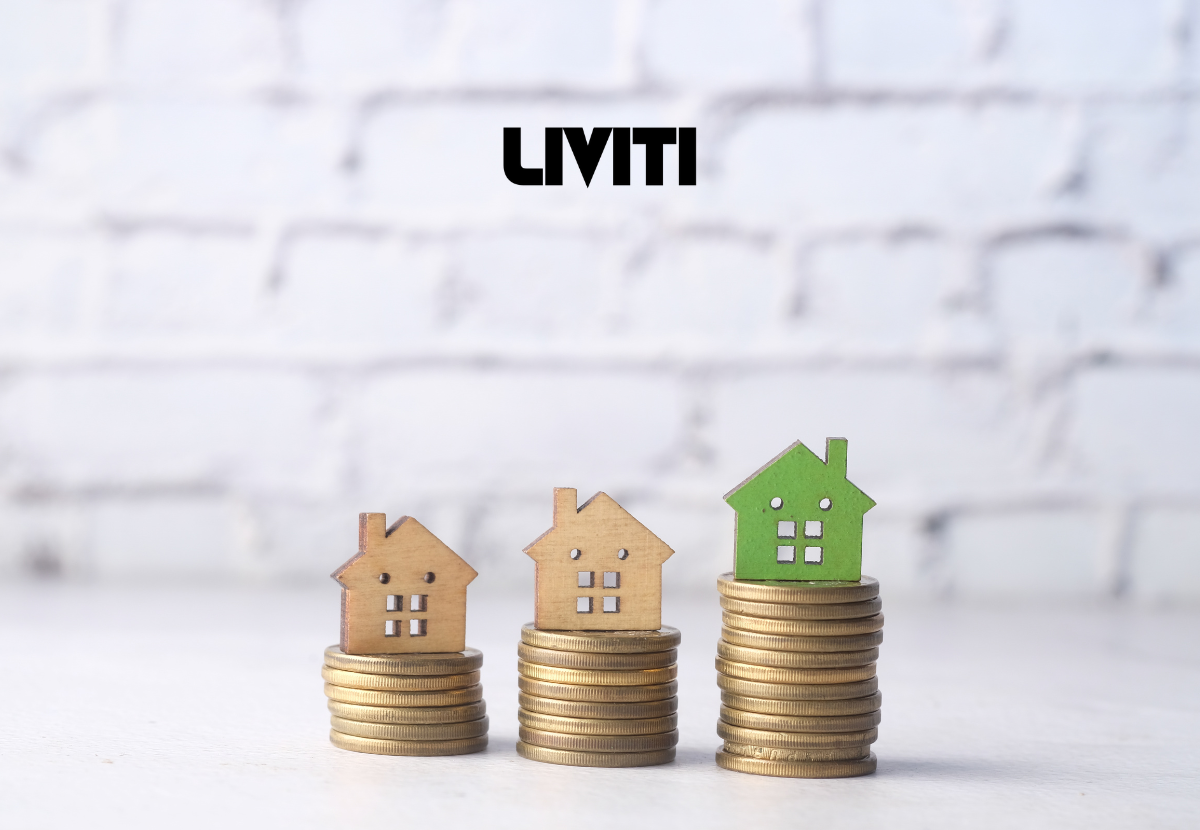A well-structured investment budget is the backbone of any successful property investment strategy. Without a clear understanding of your financial boundaries, unexpected costs can derail your plans. In this article, we will delve into how to create a robust budget tailored to property investment in Australia, offering practical insights and precise steps to set you on the right path.

Why Is an Investment Budget Crucial for Property Investment?
Creating a budget helps you:
- Determine Affordability: Clearly identify the type of property you can afford.
- Prepare for Costs: Avoid being caught off-guard by hidden expenses.
- Maintain Financial Stability: Ensure your investment aligns with your financial goals without straining your resources.
Proper budgeting not only mitigates financial risks but also positions you for sustainable growth in the property market.
5 Key Steps to Crafting an Investment Budget
1. Assess Your Financial Standing
Begin by taking stock of your current financial situation. Calculate your savings, monthly income, and existing liabilities. This assessment will clarify your borrowing capacity and the amount available for a deposit.
Key Considerations:
- Savings for a Deposit: Most Australian lenders require a deposit of at least 10-20% of the property’s value, without the need to pay Lender’ Mortgage Insurance (LMI).
- Emergency Fund: Ensure you retain enough savings to cover unexpected events, equivalent to approximately 3 months of expenses.
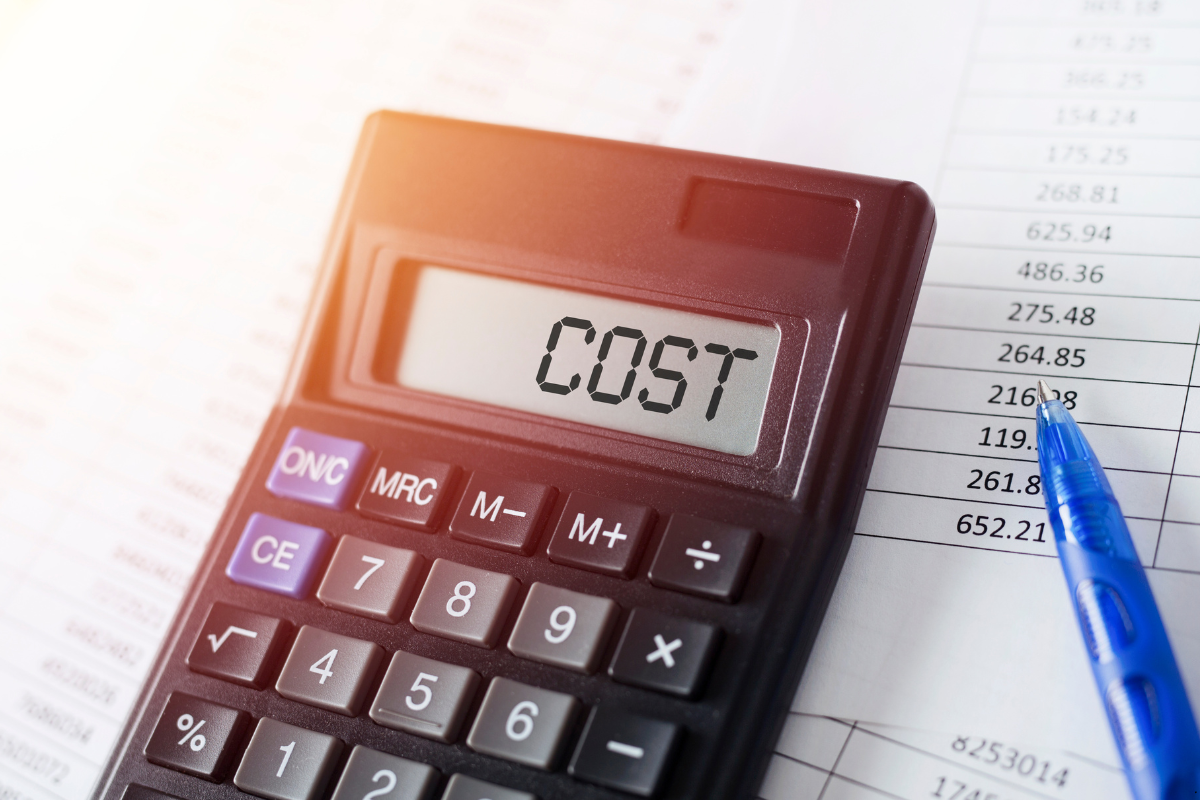
2. Identify Purchase Costs
Beyond the property price, there are several upfront costs to account for:
- Stamp Duty: A state-based tax, which varies depending on the property’s value and location. Use a stamp duty calculator to estimate costs.
- Legal Fees: Typically range from $1,500 to $3,000 for conveyancing and contract reviews.
- Building and Pest Inspections: Expect to pay between $400 and $1,000 for a thorough inspection.

3. Plan for Ongoing Expenses
Property ownership involves recurring costs. Including these in your investment budget ensures that your investment remains financially viable:
- Loan Repayments: Use a mortgage calculator to estimate monthly repayments based on interest rates.
- Property Management Fees: A trustworthy and reasonable manager typically charges 5-10% of the rental income.
- Maintenance and Repairs: Allocate around 1-2% of the property’s value annually for upkeep.
- Insurance: Building insurance is mandatory for most lenders and costs around $1,000 to $2,000 annually.
- Council Rates and Utilities: Rates vary by location but can range between $1,000 and $2,500 annually.
Find out the top 10 steps to financial freedom through property investment in Australia.
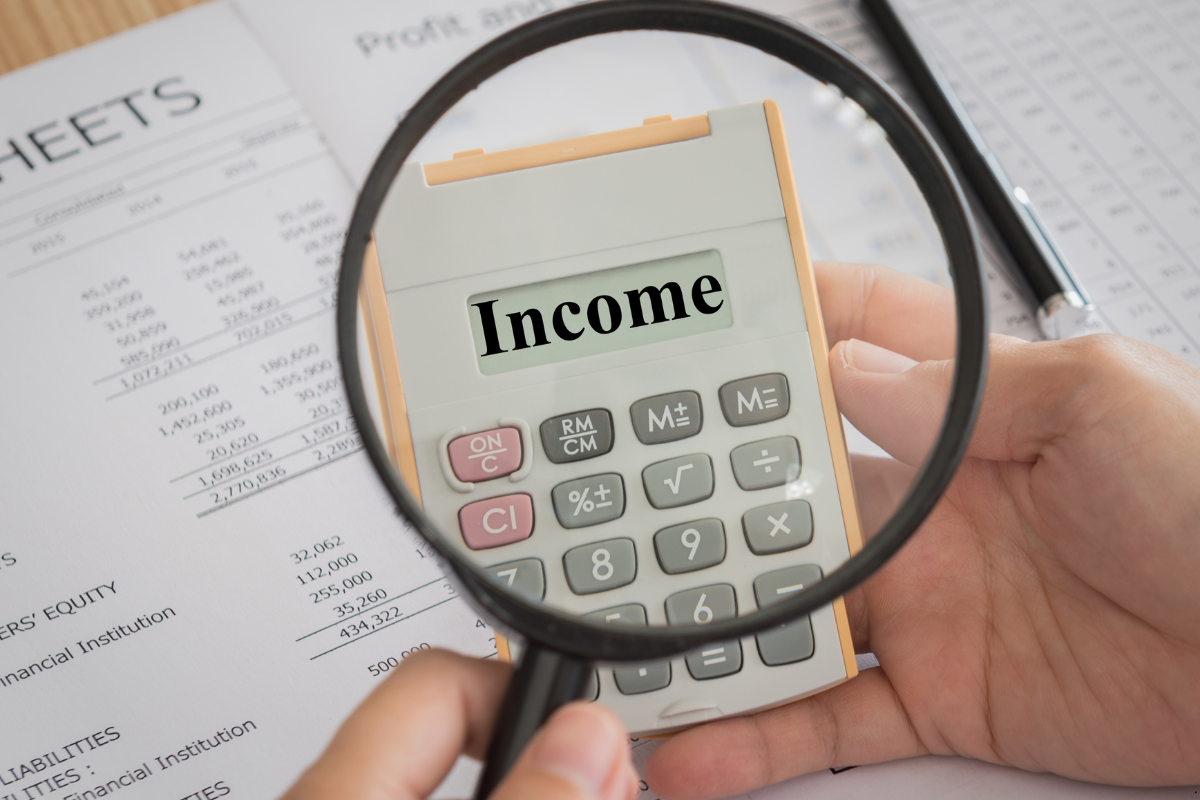
4. Factor in Potential Rental Income
For investment properties, rental income can offset costs. Research average rental yields in the area you’re considering. If passive income/ positively geared property is your aim then look for a property returning above 5% yield. If you are looking for negatively geared property to benefit from the tax deductions, rental yield is less of a priority but you should look for good property value growth.
Example: For a $500,000 property, a 4% rental yield equates to $20,000 annually ($1,666 per month). Subtract expenses to calculate your net cash flow.
5. Account for Interest Rate Changes
Interest rates in Australia fluctuate, directly impacting loan repayments. Build a buffer in your budget to accommodate rate increases. For instance, if your current rate is 5%, simulate repayments at 6-7% to ensure financial resilience.
Tools and Resources for Investment Budgeting
Leverage these tools to simplify the budgeting process:
- Budget Planner: You can start with simple budget planner for your investment property budget
- Property Value Reports: primary property investment resource platforms like CoreLogic, PropTrack or SQM Research provide data on property market trends.
- Mortgage Brokers: Seek professional advice to identify the best loan products for your needs.
Common Investment Budgeting Pitfalls to Avoid
- Underestimating Costs: Always overestimate expenses to avoid shortfalls.
- Ignoring Maintenance Needs: Neglected properties can accrue costly repairs.
- Overleveraging: Avoid borrowing to the maximum limit without considering cash flow.
Creating an investment budget is not just a preliminary step but an ongoing process that ensures your property investment journey remains financially sound. By meticulously planning and accounting for all costs, you position yourself to maximise returns and achieve your long-term financial goals.
Always remember, a well-prepared investment budget transforms aspirations into actionable strategies—setting you firmly on the path to financial freedom.





